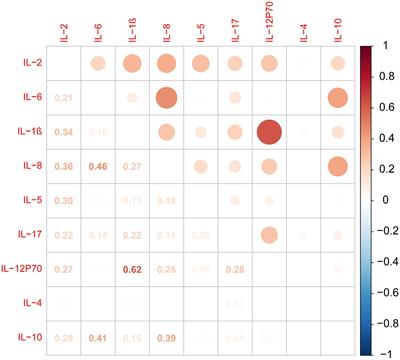An exploration on the machine-learning-based stroke prediction model

With the rapid development of artificial intelligence technology, machine learning algorithms have been widely applied at various stages of stroke diagnosis, treatment, and prognosis, demonstrating significant potential. A correlation between stroke and cytokine levels in the human body has recently been reported. Our study aimed to establish machine-learning models based on cytokine features to enhance the decision-making capabilities of clinical physicians. Through univariate feature selection, we selected 14 features and constructed three machine-learning models: Support Vector Machine (SVM), Random Forest (RF), and Gradient Boosting Machine (GBM). Our results indicated that in the training set, the RF model outperformed the GBM and SVM models in terms of both the AUC value and sensitivity. We ranked the features using the RF algorithm, and the results showed that IL-6, IL-5, IL-10, and IL-2 had high importance scores and ranked at the top. In the test set, the stroke model demonstrated a good generalization ability, as evidenced by the ROC curve, confusion matrix, and calibration curve, confirming its reliability as a predictive model for stroke..
Read the full article at the original website
References:
